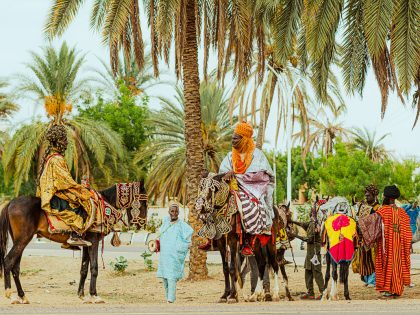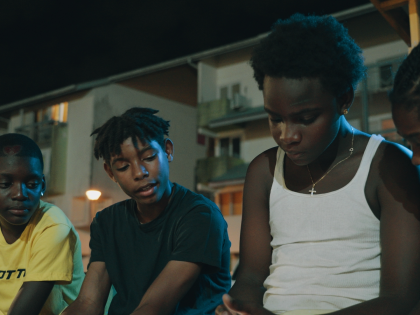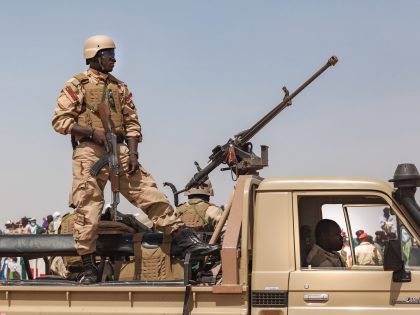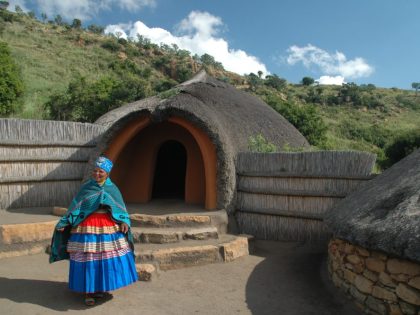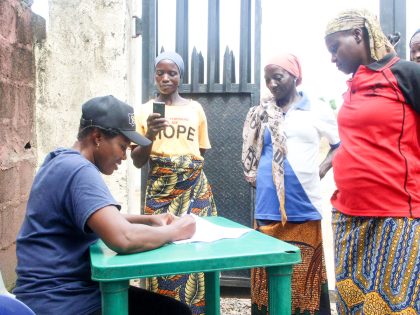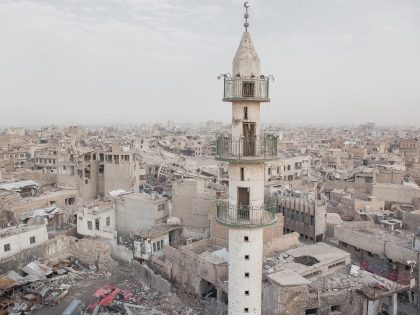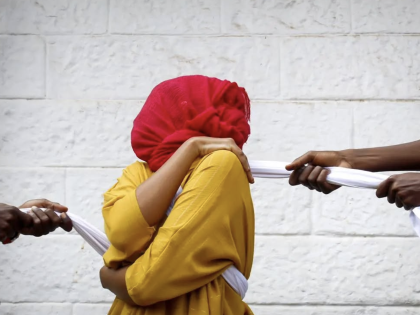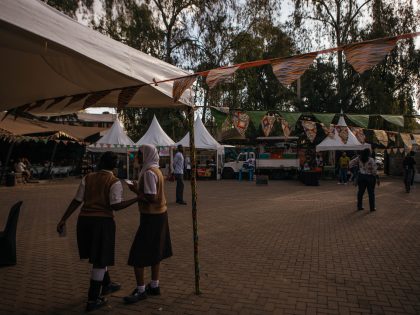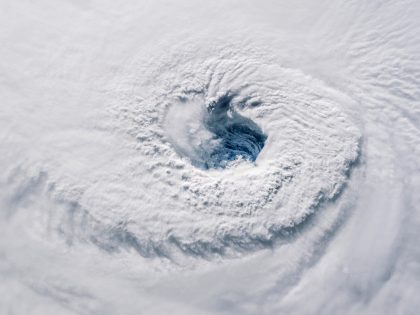Kenya’s greatest virtue
Can African states offer new approaches to refugee asylum?

Image Credit: Anouk Delafortrie (European Union/ECHO)
In 2007, Tanzania did something radical: it promised a pathway to citizenship for over 162,000 refugees from Burundi who had settled in the country in the early 1970s. No one took much notice when the Tanzanian government, with little international fanfare, began to systematically carry out this process. As Al Jazeera reporter Mehdi Hasan has recently highlighted, a double standard influences reporting on the global refugee crisis. The media has trained its attention on asylum seekers in Europe, but has largely ignored the plight of the estimated 4.4 million refugees living in Sub-Saharan Africa — a silence he deems “white privilege at work.”
Asylum seekers in many parts of the continent also face problems of xenophobia similar to those plaguing the US and Europe. Take, for example, the case of Somali refugees in Kenya. As Abdi Latif Ega has pointed out, Somali citizens and refugees alike face routine forms of harassment and racial profiling at the hands of Kenyan state agents and foreign counterterrorist operatives. In addition, the Kenyan government is threatening once again to close Dadaab, the world’s largest refugee camp, and (in ways that echo Trump’s call for a wall on the US/Mexican frontier) officials also claim to be constructing a security barrier on the Kenyan/Somali border.
In many ways, the Kenyan refugee crisis highlights both the challenges faced by asylum seekers worldwide and the potential for a more tolerant approach to asylum. While Kenya is hardly a paragon for progressive refugee policy, for decades, hundreds of thousands of refugees have gained sanctuary in the country. From a certain vantage point, Kenya can provide a ground upon which to envision less restrictive types of registration and border controls and more flexible models of sovereignty.
According to normative theories of statecraft, governments should monitor and protect their borders. For a number of reasons, the Kenyan state has been unable (and at times unwilling) to carefully regulate international immigration. The boundaries between Somalia, Ethiopia, and Kenya have historically been extremely permeable. Due to a long history of political and economic marginalization, many citizens from Northern Kenya lack national identification documents. Denied basic services, some have registered as refugees in order to access water, schools, and health care from UNHCR-funded refugee camps. Refugees and migrants are also able to change their status by illegally purchasing Kenyan ID cards (thanks to the collusion of civil servants) or simply moving in with relatives across the border. In the absence of proper registration mechanisms or accurate demographic data, the Kenyan government is frequently unable to distinguish between “citizen” and “alien.”
Such conditions have undoubtedly caused problems, but they have also created spaces where refugee and citizen can coexist and where distinctions between illegality and legality can blur. In spite of discriminatory state policy, Kenya has hosted well over half a million Somali refugees. Despite recent crackdowns by police and security forces (including indiscriminate anti-terror operations and increasingly routine deportations), Nairobi remains a space of asylum for undocumented and unauthorized migrants from Somalia, South Sudan, and other neighboring countries.
In many ways, Nairobi provides an extra-legal model for a city of refuge. The Kenyan government simply cannot deport the tens of thousands of asylum seekers who have integrated themselves into the social and economic fabric of the city. In lieu of settling in overcrowded refugee camps, many have found work in the “informal” urban economy and have come to see the country as their primary or secondary homeland. The lives of asylum seekers in Nairobi and other urban areas are, of course, not easy. Those living outside of refugee camps cannot access certain state and UNHCR services. However, in many cases, such basic welfare provisions are also out of the reach of ordinary Kenyan citizens.
It is also questionable whether Kenya’s porous borders are an inherent security threat, as state officials and foreign observers often assume (al-Shabaab’s attacks in the country only escalated after Kenya invaded Somalia in 2011). Moreover, such permeability is essential to nomads, traders, and asylum seekers, many of whom must cross international boundaries for basic survival. Like the US/Mexican frontier, the Somali/Kenyan border cuts across social and political networks that long predated the advent of the state.
What might appear to be a government “failure” has, in fact, led many policy makers to rethink refugee encampment and advocate for the urban integration of asylum seekers. There is also a growing awareness of the contributions that immigrants make to their host country’s economy. Such policy shifts do not prefigure a complete disregard for nation-state borders. However, they do suggest the need for formal systems of inclusion and recognition that de-privilege the distinction between “citizen” and “alien.”
With the resurgence of xenophobic and nativist politics in the US and Europe (as evidenced by the election of Donald Trump and the surging popularity of Marine Le Pen), it is time for policymakers and social scientists to look outside of the Global North for political solutions. In a number of less-resourced countries, migrants, refugees, and citizens are developing innovative strategies and government officials are implementing more humane policies to cope with the global refugee crisis.
Even states deemed “weak” according to the norms of international law and social scientific theory may, in fact, inspire us to push beyond the horizons of the nation-state and point us towards a future less tethered to the constraints of territorial borders. What many international observers deem Kenya’s biggest “failure” is, from another vantage point, one of its greatest virtues: namely, its porous international boundaries.





